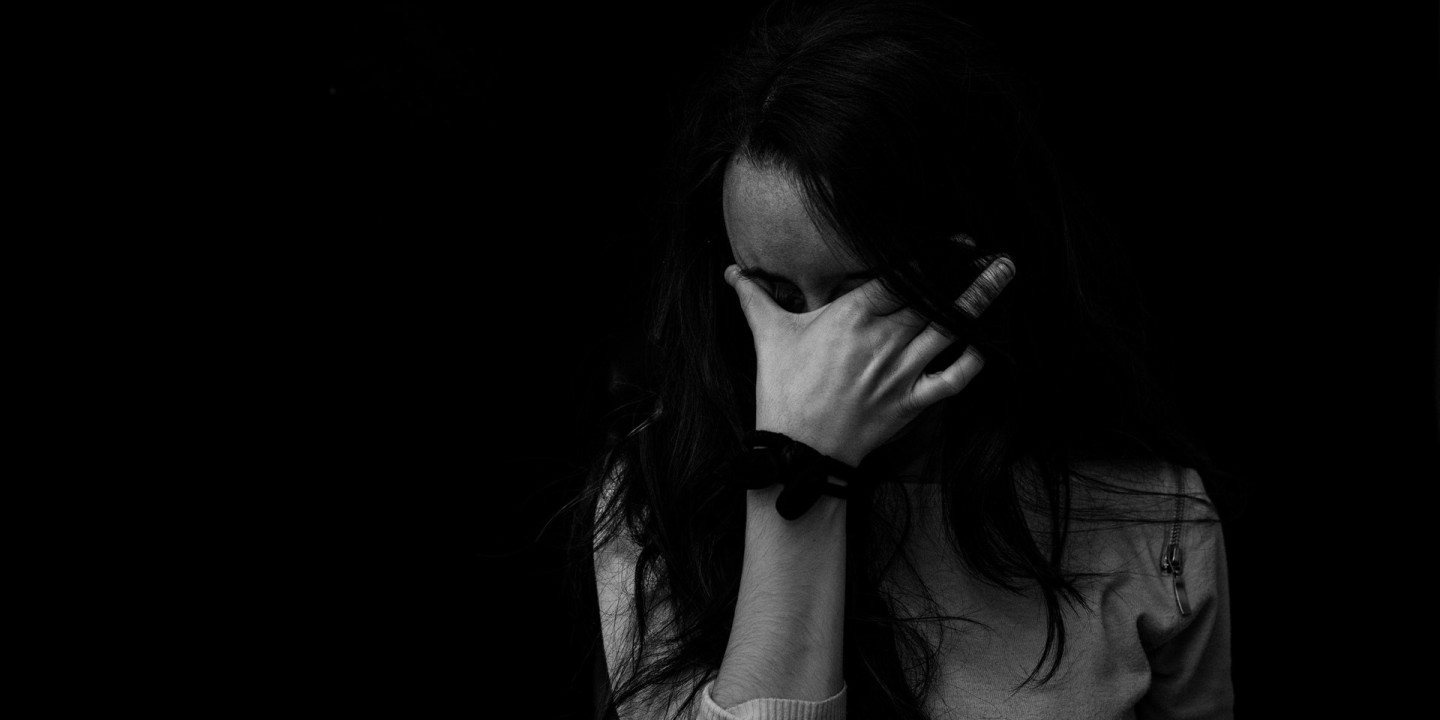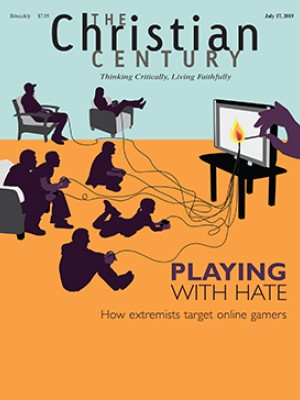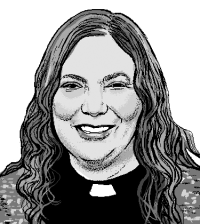A pastoral encounter with abortion I’ll never forget
The teenager told me she was down to her last option: a hanger.

As I have followed the latest round of debate on abortion, provoked by the passage of stricter laws in several states, I’ve realized again that I don’t fit easily into any camp: I am both pro-choice and pro-life.
I remember the era before Roe v. Wade, when the pastor of the well-off suburban congregation my family attended helped certain teenagers from the church travel to Puerto Rico for abortions. I learned that the opportunity for abortion will always be found for children of privilege, even if the subterfuge involved in securing an abortion is laden with shame. Options for others were extremely limited and dangerous, even life-threatening—as people will surely find out in Alabama, Missouri, and other states, if the new laws are upheld.
I knew about the Puerto Rican trips because my mother was one of those church leaders who know about everything going on, and she trusted my discretion. My mother was unreservedly pro-choice, and I thought I was too. The rhetoric and positioning on the right on this issue have almost no credibility for me when so many pro-lifers seek the death penalty, feel no compunction about the children dying at our borders, lobby against life-giving health care, objectify women, and promote policies that threaten all life on our planet. I realize there are exceptions to this description. Nevertheless, those who are pro-life for authentic religious reasons have made a political alliance with those who demonstrate a craven disregard for many of God’s children and their beloved, beating hearts.
Read our latest issue or browse back issues.
I did say “almost no credibility.” I recognize that there are different, reasoned theological and biological ideas about when human life begins. But as I’ve thought about how women’s agency over their bodies is newly imperiled, I’ve remembered an experience of nearly 40 years ago, when I was a pastoral intern in Jersey City. My supervisor prompted me to visit a teenager who, I was told, used to come to church.
I don’t recall how many flights of stairs I walked up to reach the door, but when it opened, the girl was there alone. The blinds were down and there was little light. I remember the couch emitted an unpleasant blend of odors, none of which I could identify. I sat down, feeling squeamish about the roaches running around me on the cushions.
The young woman was angry at her family, at whoever got her pregnant—she didn’t know—and furious that her body would not rid itself of the pregnancy. She defiantly told me that she got high every night with a mix of drugs and alcohol. A few days earlier, some friends had given her a concoction of God-knows-what to drink, promising that it would lead to a spontaneous abortion. All it did was give her a vile bout of vomiting and diarrhea.
She was down to her last option, a hanger, that she was going to use later that night after “sterilizing” it in the malt liquor she’d saved for this purpose. My suggestion that she might injure herself, even fatally, had no impact. For all she cared, and—as she saw it—for all others cared, she might as well be dead. She added, “It’s not like I can get an abortion.”
“What if you could?” It was the first moment since I’d arrived that her agitated movements stopped, and she looked at me.
“What do you mean?”
“What if you could get a safe abortion?”
“Where? How?”
I urged her to postpone the hanger plan until the following day when I would return with some options. Shouldn’t she have possibilities beyond sticking a dirty wire into her body or being told to carry the baby to term—an option she refused to consider anyway—only to have it taken away in the hospital because of her drug use?
I returned with a list of options and waited to see what she would decide, hoping it was not the hanger. She remained skeptical but desired to go to the clinic if that was a real option. There was no public transportation to our destination, so I drove. All efforts at conversation in the car were rebuffed.
At the clinic, I was shocked at the large number of young women and girls who were there. Most were alone, and none was smiling. Many in the room were children of privilege which the young woman I brought would never know. All had been wounded to some degree by unhealthy messages about sexuality, their bodies, their agency, and by the lack of ready access to birth control. Racism, poverty, and misogyny made their situation all the worse. Each of these unwanted pregnancies had a unique story. But many of those stories would have been different if our society had made different choices about what matters and who matters.
One very young girl was there with a man who appeared to be her father, sitting apart from her with his face set in grim disgust as she wept. I had on my clerical collar, and when he got up to use the restroom, she leaned over to ask me if it was true that she was going to hell, not because of the abortion but because of the sex. Looking into her tearful eyes, I tried to reassure her and thought, What hell is worse than this?
In due time, the young woman I brought was called away for her procedure. One by one, others approached me and asked for prayers for all kinds of hurts, which only deepened my sense of how they had been failed and were now being blamed for arriving at this point.
When it was over, we got into the car, and she curled into as much of a ball as one can while wearing a seat belt. I felt an enormous sadness. I felt the cold shadow of death.
I still mourn that nascent life regardless of what stage it was in or how damaged it already was. Was there a heartbeat? I don’t know. What happened to the young woman? I don’t know. I know these things: I felt grief. I felt complicit. I would do it again.
A version of this article appears in the print edition under the title “At the abortion clinic.”






